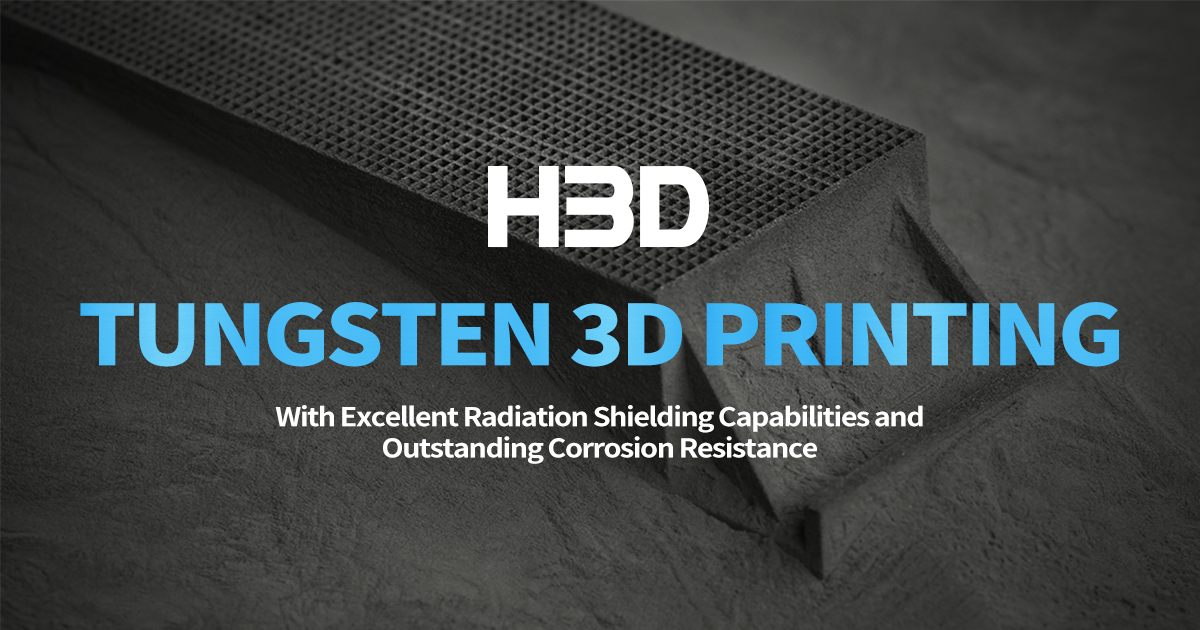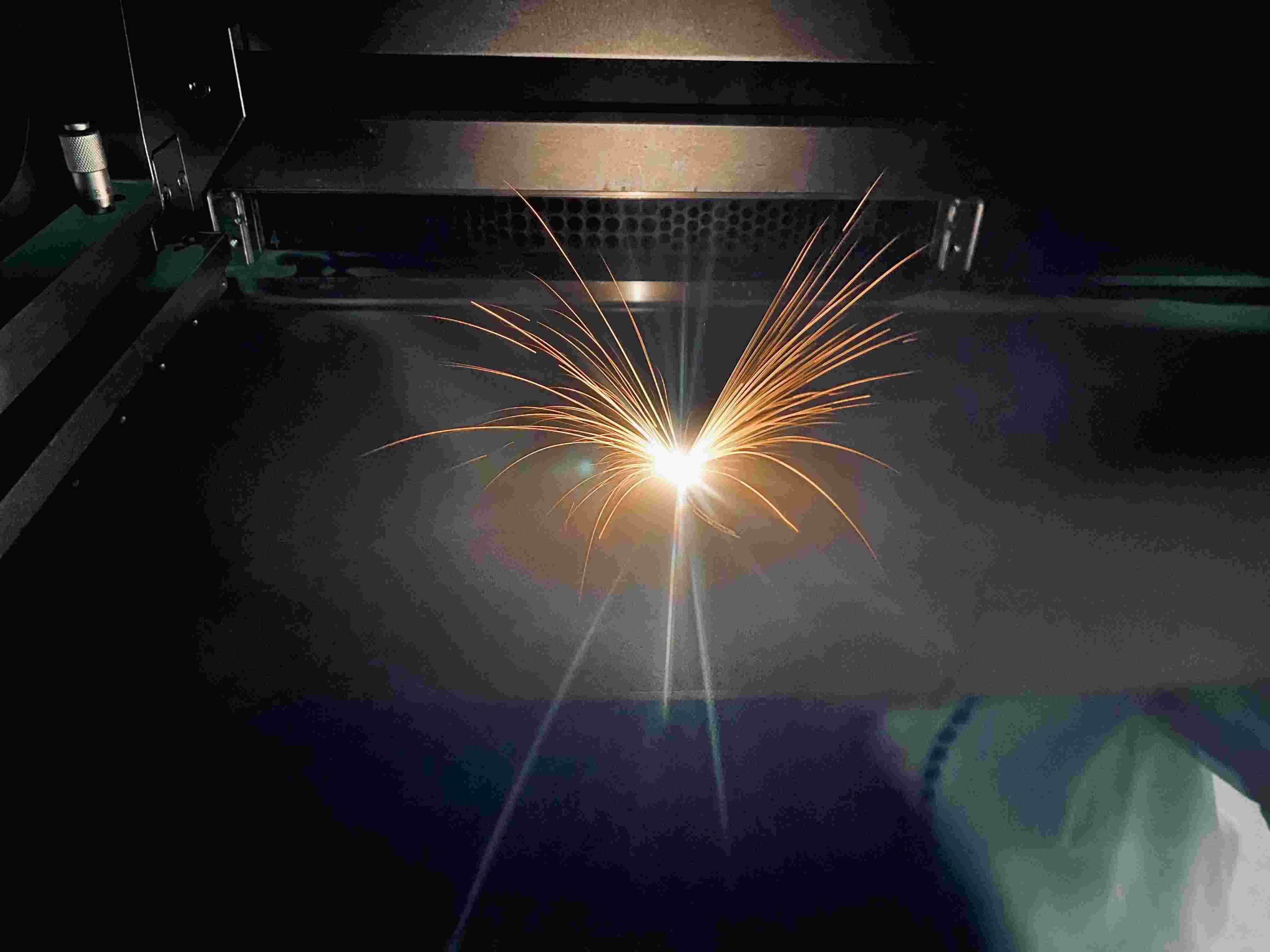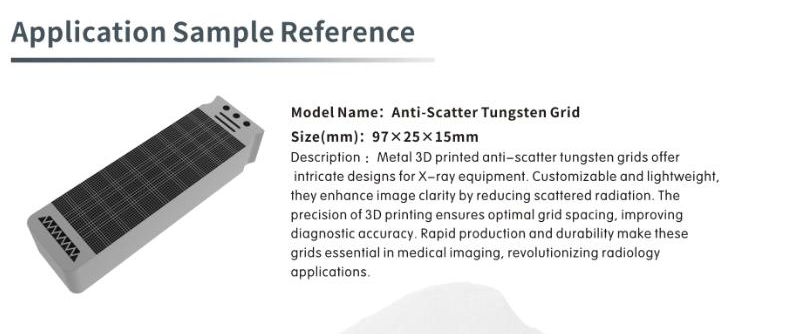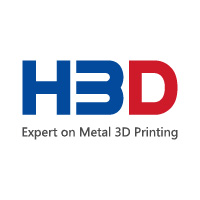Explore Tungsten Powder for Additive Manufacturing
In the world of advanced materials, one element stands out for its exceptional properties and versatility: tungsten. With a history dating back to the early 17th century, tungsten has played an indispensable role in various industries, thanks to its unique combination of characteristics. Today, we explore the diverse applications of this remarkable element and how it continues to transform industries worldwide.

The Strength of Tungsten
Tungsten, known as Wolfram in many parts of the world, boasts a list of impressive attributes. Its high melting point, outstanding thermal conductivity, and remarkable density set it apart from most other materials. These inherent properties make tungsten a top choice for a wide range of applications.
Medical Devices: Tungsten is often used in medical equipment due to its biocompatibility and radiation-shielding properties. LBPF can be used to create intricate and customized medical implants, radiation shields, and other medical devices.
Electronics and Semiconductors: Tungsten’s high melting point and excellent electrical conductivity make it suitable for various electronics and semiconductor applications. LBPF can help create complex heat sinks, electrodes, connectors, and other components used in electronic devices.
Tooling and Cutting Applications: Tungsten is known for its hardness and wear resistance, making it ideal for tooling and cutting applications. LBPF can enable the production of intricate cutting tools, molds, and dies with complex geometries.
Energy Industry: Tungsten is used in various energy-related applications, including components for solar panels, turbine blades, and electrical contacts. LBPF can help manufacture components that require high temperature and corrosion resistance.
Nuclear Industry: Tungsten’s radiation-shielding properties make it useful in the nuclear industry. LBPF could be employed to manufacture specialized parts for nuclear reactors, radiation detectors, and other equipment requiring radiation resistance.
Aerospace: Tungsten parts manufactured using LBPF can find applications in aerospace to their high density, thermal resistance, and ability to withstand extreme conditions. Components such as engine parts, nozzles, heat shields, and structural elements can benefit from the properties of tungsten.
The Future of Tungsten
Tungsten’s inherent properties, combined with the sustainable practices of modern manufacturing, contribute to a more eco-friendly future. Its use in additive manufacturing techniques, such as Laser Powder Bed Fusion (LBPF), reduces material waste, making it a responsible choice for industries seeking sustainability.

As technology evolves, so do the applications of tungsten. With advancements in materials science and manufacturing techniques, the possibilities are boundless. Customization, precision, and the ability to fine-tune tungsten’s properties for specific needs are at the forefront of innovation.
At HBD, we are proud to be a part of this exciting journey. Our expertise in 3D metal additive manufacturing, particularly with tungsten materials, allows us to unlock new dimensions of creativity and performance for our clients across industries.

please contact our team via info@hb3dp.com.
 English
English  Français
Français

